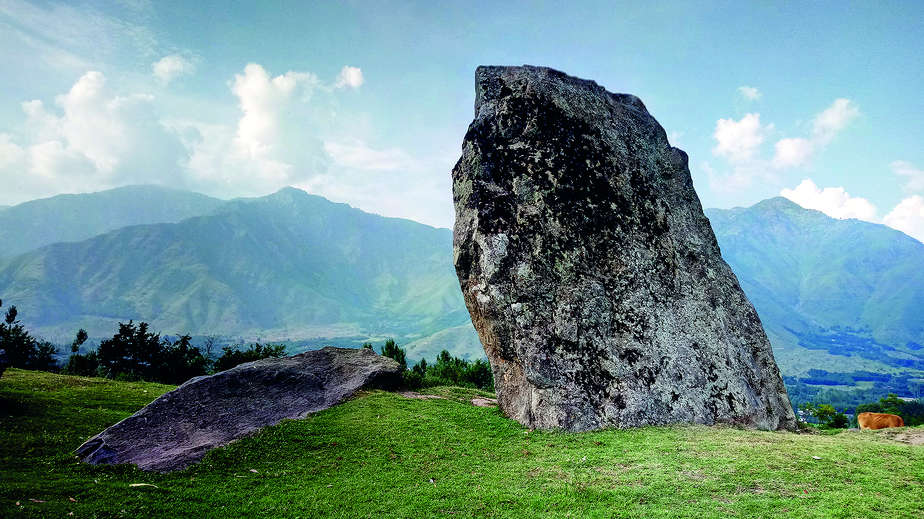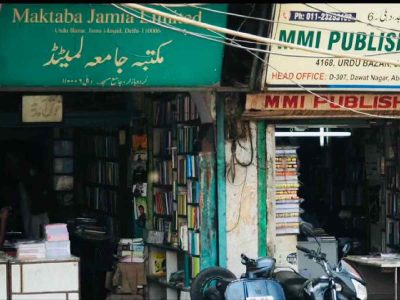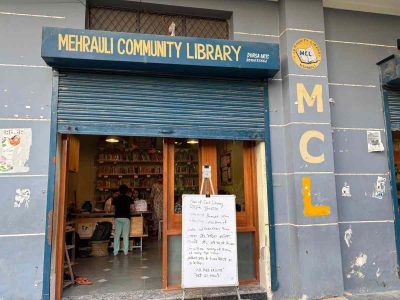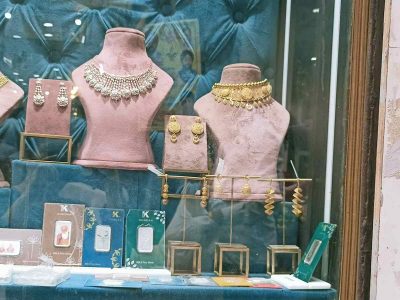Situated not far from Srinagar in Burzahom, the Valley’s oldest proof of human existence is a story waiting to be told
After driving some 16 km north-east of Srinagar, past the famous Dal Lake and a few Mughal gardens, you find yourself in the dust-ridden village of Burzahom. It is home to an excavation site which dates back to 3,000 BC. It is the first Neolithic site to be discovered in Jammu and Kashmir.
Excavations here have given scientists and astronomers an opportunity to peep into the minds of people who lived thousands of years ago. It was even nominated for the tag of Unesco World Heritage Site, but with media preoccupied with covering the decades-long conflict, very few people know about it even today.
So much so that even Burzahom locals seem to be innocent of the site’s significance. A shopkeeper we approached for directions said he was surprised to know that such a place exists at all.
After about a quarter-hour search, a man asked if we were not searching for a cricket ground instead. Completely at a loss, we decided to follow his advice and, fortunately enough, reached a place from where we could see the excavation site lying atop a Karewa (plateau-like terrace) like a forgotten family heirloom hidden in the attic.
The site lies on an open expanse of unfenced land. As we walk towards the site, we see the local cattle grazing calmly, and an “N+S” sign etched on a giant rock, embellished by a heart sign scratched into life with a lot of purpose. Some of the other rocks fare even worse.
As we walk ahead and neared one of the ancient pits, the homes of people of those times, we find a teenager rolling himself a joint. Soon his friends would give him company and the historical place would look like a perfect smoking den.
A brief history
Burzahom translates to ‘place of birch’ in Kashmiri. Remains found during the excavations tell of how the birch tree must have been common to this terrain during the Stone Age. People, as pointed earlier, lived in subterranean pits, mostly oval or circular in shape and as deep as four metres, their walls plastered with mud for strength and durability. Signs of ladders and steps leading down to the floor were discovered in deeper pits. With time, they got shallower — the later pits were only about 3-5 cm deep.
In their day-to-day life, the Neolithic people of Burzahom used tools such as harpoons for fishing, needles for sewing, and daggers for hunting. These tools were made of stones and animal bones. During the Neolithic period when a person died, red ochre was smeared on the body before burial. The burial place was marked by a huge rock called a megalith. Some of them can still be seen here. Apart from human burial, animals such as wolves, ibex, deer, and dogs were also buried along with humans.
One more sun?
One of the many intriguing things to see at Burzahom is a stone slab depiction of two hunters taking down a stag while two disks beam in the sky. The engraving depicts a hunting scene, showing an antlered deer being pierced from behind with a hunter’s long spear and an arrow being discharged by another hunter from the front. The slab reveals that hunting was a part of the life of the Neolithic people of Burzahom.
But not just that. The presence of two similar disks, initially thought to be two suns, has piqued the interest of many scientists. Some believe that the twin suns indicate the duration of the hunt. But Mayank Vahia at Tata Institute of Fundamental Research argues that the two objects actually represent the moon and a supernova. When stars die in dazzling explosions (called supernovas), they release signals that emanate throughout the universe for thousands of years, this allows astronomers to trace their timing and coordinates.
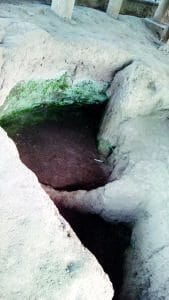
Vahia and his associates used this to explain that the second object in the sky depicts Supernova HB9, which exploded around 4,600 BC and would have appeared on earth as a glowing ball, not too dissimilar to the moon. Further, they remark that the hunters and the animals represent constellations such as Orion and Taurus. If the theory is to be believed, it would represent not only the first record of a Supernova, but also the oldest sky-chart ever discovered.
Boring the skull
Between 1960 and 1971, the Archaeological Survey of India carried out extensive excavation at Burzahom. One of the things found was a female skull with multiple holes in it. Cranial surgery, known as trepanning or trepanation, is one of the first-ever surgical practices and is known to have begun in the Neolithic era. It involves drilling a hole in the skull of a living person to cure illnesses such as convulsions, headaches, infections or fractures.
Some scientists believe that the trepanation was done with the sole purpose of taking out round skull pieces for ritual offerings or magical practices, while others insist that it was a clear case of surgery performed for predominantly medical reasons on the woman while she was still alive.
Found and Lost
The artefacts which were all excavated from Burzahom before 1971 were taken to Kolkata for carbon dating. They were never returned to the state of Jammu and Kashmir.
The then chief minister of Jammu and Kashmir, GM Sadiq, had declared that after the return of the artefacts, a museum would be set up right at Burzahom. After about five decades, this declaration is yet to take practical shape. Some years ago, the state’s Ministry of Tourism appealed to the central government that the centuries-old artefacts be retrieved but the request was dropped due to security reasons. These artefacts include some of the oldest Vedic manuscripts in the world, among other invaluable objects of utmost importance.
You take a final look around the archaeological site and decide to leave. As you get up, you notice a team of young boys walking towards the megaliths. One of them is holding a bat, another a ball, and their wickets are already standing there, as old as history.
This article was first published in Newslaundry.

